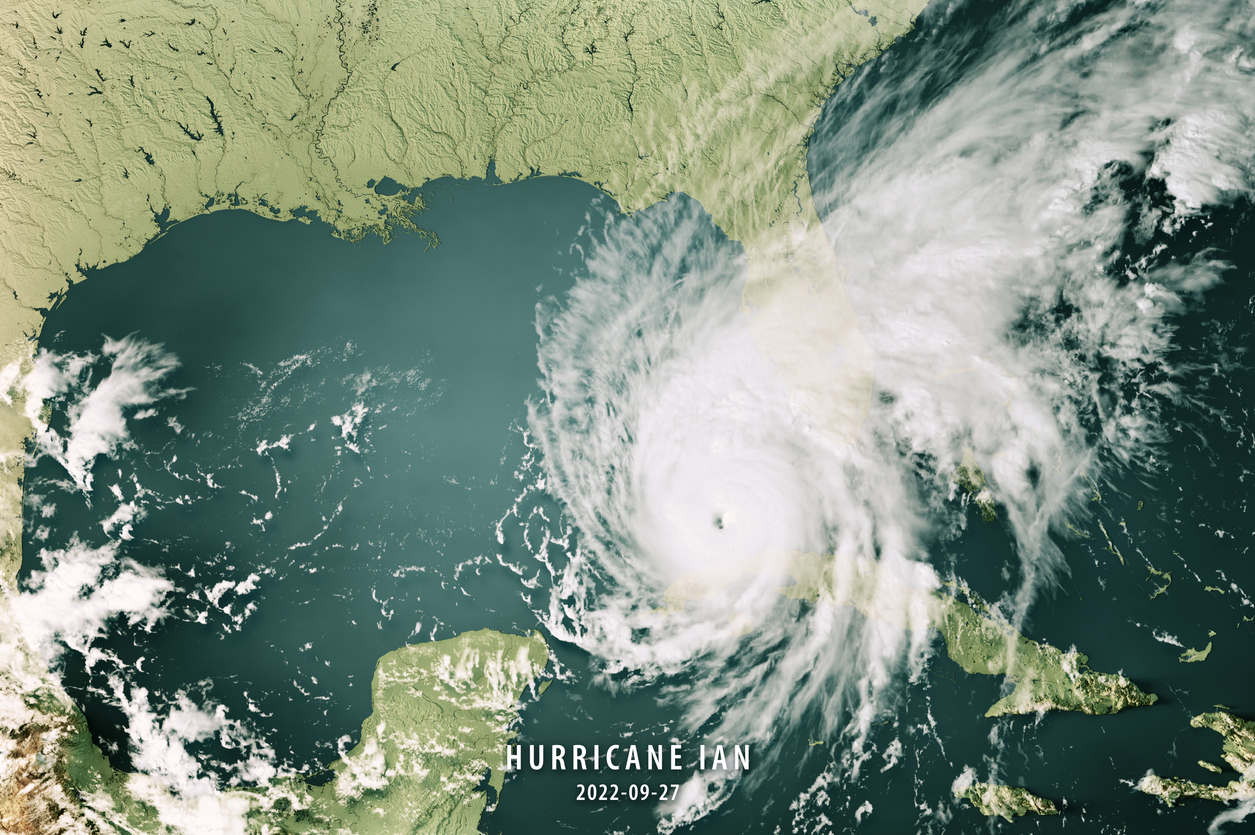Officials estimate that Hurricane Ian caused $10 billion in losses to the Florida Hurricane Catastrophe Fund, a state program that provides critical backup coverage to property insurers.
The program known as the “Cat Fund” will be able to handle Ian’s financial hit, though it will have less cash for the 2023 hurricane season.
“We feel very confident that we will be able to cover our obligations from Ian because we had a very healthy cash balance going into this year,” Gina Wilson, the fund’s chief operating officer, said during a meeting of the Florida Hurricane Catastrophe Fund Advisory Council.
The Cat Fund provides carriers with low-cost reinsurance to help stabilize the property insurance market. Carriers also purchase private reinsurance as backup coverage to help pay claims in extreme weather events such as hurricanes.
According to state law, the Cat Fund’s maximum potential liability this year is $17 billion. The fund began the hurricane season with $15.8 billion in cash and proceeds from “pre-event” bonds.
Hurricane Ian’s overall industry losses have been estimated to be in the tens of billions of dollars. Raymond James, the Cat Fund’s financial adviser, presented a report Wednesday stating that a consulting actuary estimated the Cat Fund’s share of losses at $4 billion to $12 billion, with a “conservative point estimate of $10 billion.”
“There is significant uncertainty regarding the ultimate loss amount,” the report stated, “as losses are just beginning to develop.” “Estimates are based on model output and are subject to significant uncertainty; thus, there is no assurance that actual losses will fall within the projected range.”
However, Wilson stated that the fund has received preliminary information that at least 82 companies expect to receive Cat Fund reimbursements, with 28 receiving the maximum amount. In comparison, she stated that nine carriers received the maximum amount following Hurricane Irma in 2017.
Ian made landfall as a Category 4 storm on September 28 in Lee and Charlotte counties before crossing the state. According to data posted on the Florida Office of Insurance Regulation website on Wednesday, 410,251 residential property damage claims were reported as a result of the storm.
While the Cat Fund expects to be able to cover Ian’s losses, it will enter the 2023 hurricane season with significantly less money than it would have otherwise.
According to the Raymond James report, the fund is expected to have $7.4 billion in “liquid resources.” This includes $2.3 billion in cash left over at the end of the year, $1.6 billion in carrier premiums and investment income, and $3.5 billion in pre-event bond proceeds. According to the report, if necessary, the fund would be able to issue up to $8.4 billion in bonds following a storm.
Even before Hurricane Ian, the private reinsurance market in Florida was tight, contributing to widespread financial difficulties for insurers. During a special legislative session in May, lawmakers approved spending $2 billion on a program to provide carriers with an additional “layer” of reinsurance coverage.
However, Ian is concerned that private reinsurance will become more expensive and difficult to find for carriers. Swiss Re, for example, estimated its claims from Ian to be $1.3 billion last week.













